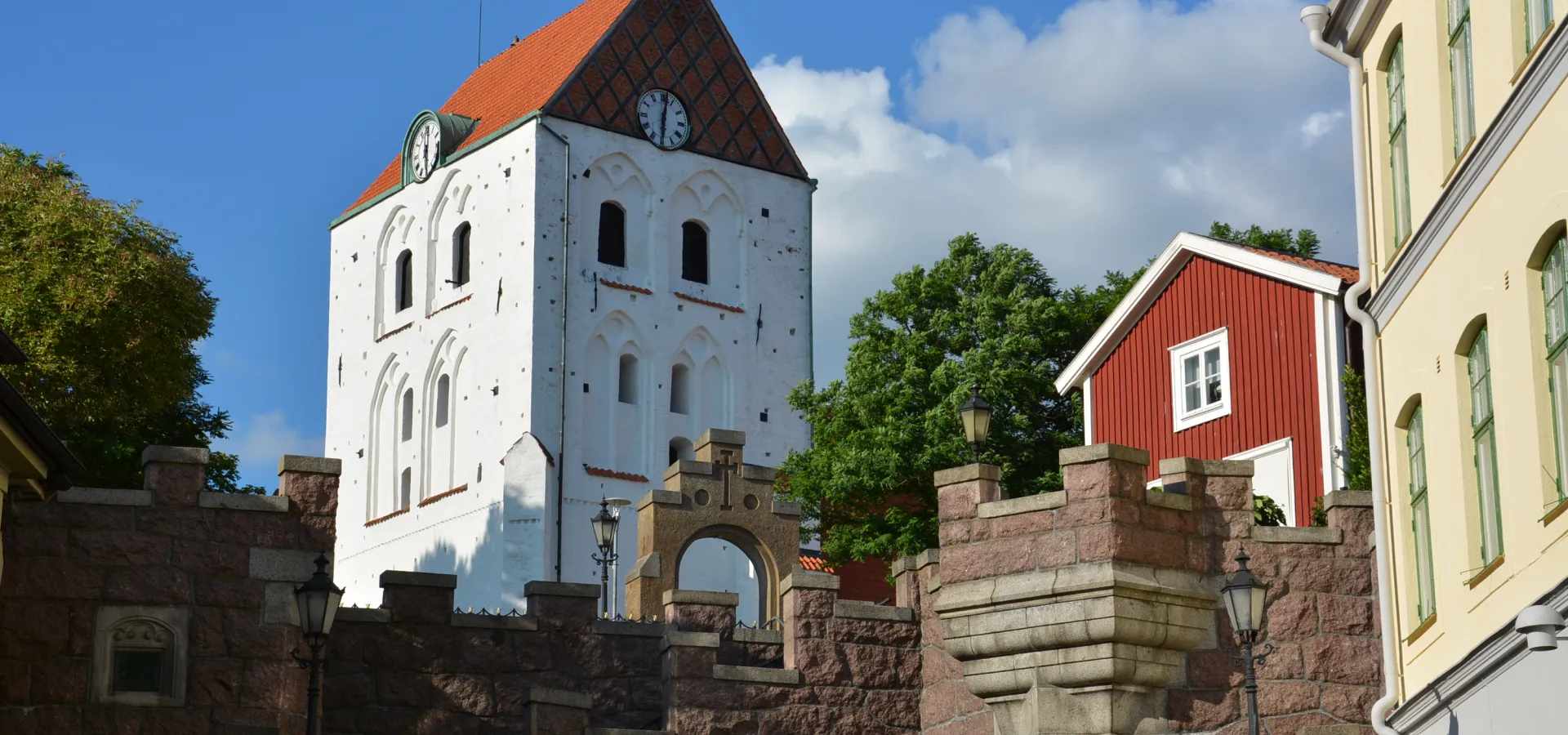Ronneby's town and district has a long and exciting history and is the oldest town in Blekinge.
The city has belonged to Denmark longer than it was Swedish, which Ronneby did not become until 1658. During the Middle Ages and early modern times, Blekinge belonged to Denmark and the city of Ronneby was an important trading city in the Baltic trade. The time is marked by the place's position in the borderland between Sweden and Denmark. At the state level, the area was a war scene on a couple of occasions while the people on either side of the border guarded their trade relations. The latter is evidenced, among other things, by the peasant peace in Hjortsberga in 1505.
After the Roskilde peace in 1658, which meant that Blekinge became Swedish again, and the founding of the war city Karlskrona in 1680, Ronneby went from being a trading city to an industrial city. During the 18th, 19th and 20th centuries, a large variety of industries emerged, from sugar mills to Kockum's enamel works. The city's proximity to the river and its waterfalls play a crucial role in early growth. The industries also contributed to the growth of neighboring towns such as Kallinge.
At the end of the 19th century, Ronneby Helsobrunn AB was formed, which built up the spa town of Ronneby, which influenced the entire city's development during the early 20th century. The cultural heritage from the wells era is still alive in the use of Brunnsparken for annual events and not least its role in the city's identity with its municipal slogan "The modern health resort".
Church of the Holy Cross
The stairs that take you from the square up to the church are called Munktrappan and were built to connect the square with the church. Blekinge's main building, the Church of the Holy Cross, was built between the 1100s and 1200s and is Ronneby's oldest building. In the 14th century, it was decided to expand the church. In connection with the construction of the church larger, the roof was also raised higher by building arches. Inside the church you can find paintings made between the 15th, 16th and 17th centuries. One of the oldest paintings is St Jörgen and the dragon that was made in the 15th century. The painting is so old that it is difficult to see.
The blood bath
In 1564, the Swedes and Erik XIV took over Ronneby. The whole city, except the church, was burned down and at least two thousand people were killed in what historians today call "Ronneby massacre". The event is considered to be the most cruel human slaughter in the Nordic countries.
Inside the Church of the Holy Cross is an old church door preserved from the time of the Ronneby massacre. The church door bears carvings made by the Swedish king's men when they tried to enter the church, where many of the city's residents sought refuge.
Ronneby, the trading center
Gradually, Ronneby was rebuilt and again became one of Eastern Denmark's leading trading cities. The Church of the Holy Cross testifies to the city's riches during this period.
After the city became Swedish, however, Ronneby's city privileges were removed. Instead, it came to be under the newly built naval city of Karlskrona. Ronneby's position as a trading center weakened but was still significant as a trading city, for example Ronneby's foreign trade was in second place among Skåneland's cities closest to Malmö.
During the 18th century, trade and handicrafts returned and gradually the first industries began to sprout. Kockums Enamelworks, Kockums Ironworks, Djupafors paper mill and more made Ronneby an important industrial city. Hälsobrunnen, Ronneby Brunn, became Sweden's largest and most visited health resort.
In 1882, Ronneby regained its city rights. Today, Ronneby is characterized, among other things, by a strong and vibrant cultural life where the city's occasionally dramatic history has been taken advantage of.
Kockums Enamel Works started in 1907 and had a great impact on the city. During the 20th century, this was the largest workplace in Ronneby with 1,000 employees. The enamel works were exported to large parts of the world thanks to the Ronneby River. The building, now called Kulturcentrum, was at that time a warehouse and factory office. In the building behind the cultural center you will find the factory itself where everything was manufactured. In 1971 the company was closed down to later be taken over by Ronneby Municipality and now stands as a beautiful art gallery!

